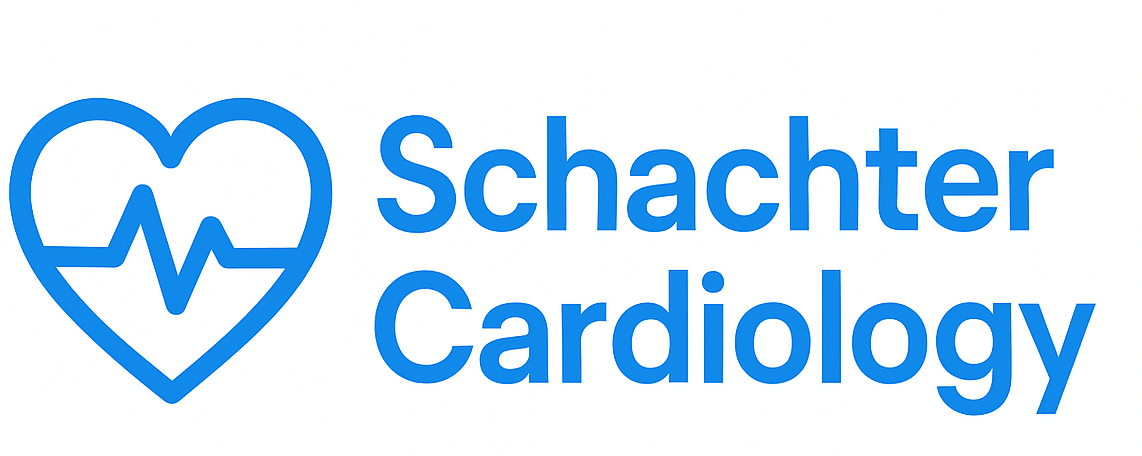
Understanding Heart Failure: Symptoms, Causes, and Management
Heart failure is a complex condition that affects millions of people worldwide. It is essential to understand what heart failure is, its symptoms, causes, and the various management strategies available to improve the quality of life for those affected.
What is Heart Failure?
Heart failure, sometimes referred to as congestive heart failure, occurs when the heart is unable to pump sufficient blood to meet the body’s needs. This can result from various underlying health issues, leading to a range of symptoms that can significantly impact daily life.
Types of Heart Failure
Heart failure can be classified into two main types:
- Heart Failure with Reduced Ejection Fraction (HFrEF): This type occurs when the heart muscle is weakened and cannot pump blood effectively.
- Heart Failure with Preserved Ejection Fraction (HFpEF): In this case, the heart can pump blood, but the ventricles do not fill with enough blood due to stiffness.
Symptoms of Heart Failure
The symptoms of heart failure can vary in severity and may include:
- Shortness of breath, especially during physical activity or when lying down
- Fatigue and weakness
- Swelling in the legs, ankles, or abdomen
- Rapid or irregular heartbeat
- Persistent cough or wheezing with white or pink blood-tinged phlegm
- Increased need to urinate at night
- Difficulty concentrating or decreased alertness
Causes of Heart Failure
Heart failure can result from various conditions that damage or overwork the heart, including:
- Coronary Artery Disease (CAD): Narrowed arteries reduce blood flow to the heart muscle.
- High Blood Pressure: Increased pressure forces the heart to work harder, leading to eventual damage.
- Heart Valve Disease: Malfunctioning heart valves can disrupt normal blood flow.
- Cardiomyopathy: A disease of the heart muscle that can be caused by alcohol abuse, infections, or inherited conditions.
- Arrhythmias: Abnormal heart rhythms can affect the heart’s ability to pump effectively.
Diagnosis of Heart Failure
Diagnosing heart failure typically involves a combination of:
- Physical examination and medical history
- Blood tests to check for markers of heart failure
- Imaging tests such as echocardiograms, chest X-rays, or MRIs to observe heart structure and function
- Electrocardiograms (ECGs) to assess heart rhythm
Management and Treatment
Management of heart failure is multifaceted and may include:
- Lifestyle Changes: Adopting a heart-healthy diet, engaging in regular physical activity, quitting smoking, and reducing alcohol intake.
- Medications: Common medications include ACE inhibitors, beta-blockers, diuretics, and aldosterone antagonists, which help manage symptoms and improve heart function.
- Devices: In some cases, devices such as implantable cardioverter-defibrillators (ICDs) or cardiac resynchronization therapy (CRT) may be recommended.
- Surgery: Options may include coronary bypass surgery or heart valve repair/replacement, depending on the underlying cause.
- Cardiac Rehabilitation: A structured program that combines education, exercise, and support to help patients improve their heart health.
Living with Heart Failure
Managing heart failure requires collaboration between patients and healthcare providers. Consistent follow-ups and monitoring are vital to manage symptoms effectively and adjust treatment as necessary. Support groups and education can also empower patients to make informed decisions about their health.
Conclusion
Heart failure is a serious but manageable condition. Understanding its symptoms, causes, and available management strategies can help improve quality of life for those affected. If you or a loved one is experiencing symptoms of heart failure, it is crucial to seek medical attention promptly.
Disclaimer: This blog post is for informational purposes only and is not intended to replace professional medical advice, diagnosis, or treatment. Always seek the advice of your physician or other qualified health provider with any questions you may have regarding a medical condition.
Disclaimer: This article is for educational purposes only and does not constitute medical advice. Always consult a qualified healthcare professional.
